The Journey to CE Marking an IoT Product Part 1: Setting the Scene
Follow articleHow do you feel about this article? Help us to provide better content for you.
Thank you! Your feedback has been received.
There was a problem submitting your feedback, please try again later.
What do you think of this article?
This series of posts will follow the progress of taking an IoT product from a prototype, through testing and design revision as required, in order to allow CE marking for general sale.
Mention CE marking to an engineer who has not gone through the process previously and the chances are that this either strikes terror, else they are blissfully unaware. Once you scratch the surface it doesn’t take long before you are wading through standards, wondering which apply to your product, how to go about testing — and whether you need to re-mortgage your house. However, through this series of posts, we hope to show that it needn't actually be that scary!
The product that will be the focus of our case study is an environmental sensor platform designed for use with pycom modules that integrate a microcontroller with LoRa, WiFi, Bluetooth and SigFox, amongst other wireless systems. Our design is not an end-user product and rather instead, like the pycom module, a component for use in development and integration into end-user products.
However, even though our design will not have the fancy enclosure, production firmware and service integration etc. that you would expect with a consumer product, we can still put it through its paces. This will give confidence to engineers and product designers that when it comes to marking their product, they shouldn’t have to go fixing issues which originate from our design.
What is CE?
CE originated as an abbreviation of Conformité Européenne — European Conformity — and indicates that a product conforms to the relevant health, safety and environmental protection standards for products sold in the European Economic Area (EEA).
When we talk of “CE marking” it’s perhaps easiest to start by saying what this does not mean:
- It is not a third party certification, e.g. government lab or industry organisation;
- It does not mean China Export!
This first point is an important one to understand and CE marking is something that you as a vendor do in order to assert that the product meets the appropriate standards. You could mark your product without having done any testing, much in the same way that you could choose not to take out an insurance policy. It’s a question of how much risk you’re willing to assume, with the difference here, of course, being that there is also the potential for causing interference (EMI) or even physical harm.
Secondly, CE does not mean China Export, despite some vendors using the mark claiming to the contrary. A matter that, as you might imagine, the European Parliament has shown an interest in.
So if CE means that we need to pay attention to the relevant standards, what are they? This all depends on the product in question and the applicable standards will vary greatly depending on whether you’re producing, for example, a car, laptop, microwave oven or medical device.
Rather than get into details now, the applicable standards are something that we’ll explore in a future post, but this is principally going to be about Electro-Magnetic Compatibility (EMC) — ensuring any emissions are within acceptable levels and we are sufficiently immune to interference.
Hardware description
The Environmental Sensor Platform is built around a Pycom LoPy (162-8047) module. For those not familiar with Pycom modules, they integrate an ESP8266 — a reasonably powerful 32-bit RISC microcontroller with WiFi — and additional support for a variety of low power wireless standards. They are programmed via MicroPython, which provides a subset of the functionality found in the eminently novice-friendly Python language, with out-of-the-box support for integrated peripherals.
Going clockwise from bottom-left in the above block diagram we can see that our sensor platform extends the Pycom module with:
- Ambient light sensor, which is connected via I2C.
- BME680 integrated environmental sensor connected via I2C.
- Sound level measurement via analogue input.
- PIR sensor connected via a simple digital GPIO.
- Pmod expansion.
- Status LEDs.
So, in short, a variety of peripherals with digital and analogue I/O, plus the capability for future expansion, which should give us an interesting mix when it comes to testing.
Prototypes
The Environmental Sensor Platform was originally developed as an IoT / smart building demonstrator for use at RS Components Headquarters, with connectivity provided via LoRaWAN. The board was laid out using DesignSpark PCB and two CAD revisions were produced, with thirty of the second revision board being assembled in-house on a small pick-and-place machine.
Of these 30x boards a total of 24x were installed, with the remainder being used in development and testing. Those installed have now been running reliably for many months and sending data up to a dashboard via The Things Network, with measurements for:
- Temperature (BME680)
- Humidity (BME680)
- Air pressure (BME680)
- Volatile Organic Compounds (BME680)
- Ambient light level (BH1750FVI)
- Sound level (mic + pre-amp + analogue input)
- PIR (Panasonic EKMC1603111)
Decoded data as viewed via The Things Network Console
So we have a solution that works, but CE marking and general sale of the sensor platform was not originally envisaged, hence it is quite possible that some modification to the design may be required in order to meet the relevant standards. With any luck, such changes will be relatively minor, since the original design was produced by a professional engineer who always strives adhere to best practices even if it’s just a prototype or demonstrator etc.
Process
This is very much an area where it really helps to have the support of domain experts, who can advise on applicable standards, have access to suitably calibrated equipment for testing, know how to use it properly — and have the experience to identify and suggest remedies for issues arising.
We’ll be working with Unit 3 Compliance, an EMC test service provider that specialises in pre-compliance and product design for EMC. The process we’ll follow is roughly:
- Initial design review (Unit 3 Compliance)
- New CAD revision and board build
- Pre-compliance EMC testing (Unit 3 Compliance)
- New CAD revision and board build if required
- Accredited lab testing
We could have gone straight to step 3, but there are some minor changes we want to make to the design and we’d like to have some additional boards for other uses, so doing another small manufacturing run also gives us an opportunity to review and tweak the design before testing.
Depending on our approach to risk we could also stop at step 3 — that is, assuming that the test results were favourable — and many vendors may never actually use accredited lab services, given that as you might expect, their costs are higher. However, in this instance, we’d like to have the additional reassurance of a test report from an accredited lab.
Why not go straight to an accredited lab? As noted, their costs will be higher and pre-compliance services provide a more cost-effective way of identifying and addressing issues. After all, if you’re unlucky there may need to be multiple design iterations and retesting before it meets relevant standards. Much better for this to be done via a pre-compliance than an accredited lab.
Outputs
In closing, it’s worth saying something about the outputs and we’ll be sharing various design materials and firmware, together with test results, along the way. This will culminate in the publication of the final DesignSpark PCB database as open source hardware, allowing anyone to manufacture or make use of this as the basis of their own derivative designs.


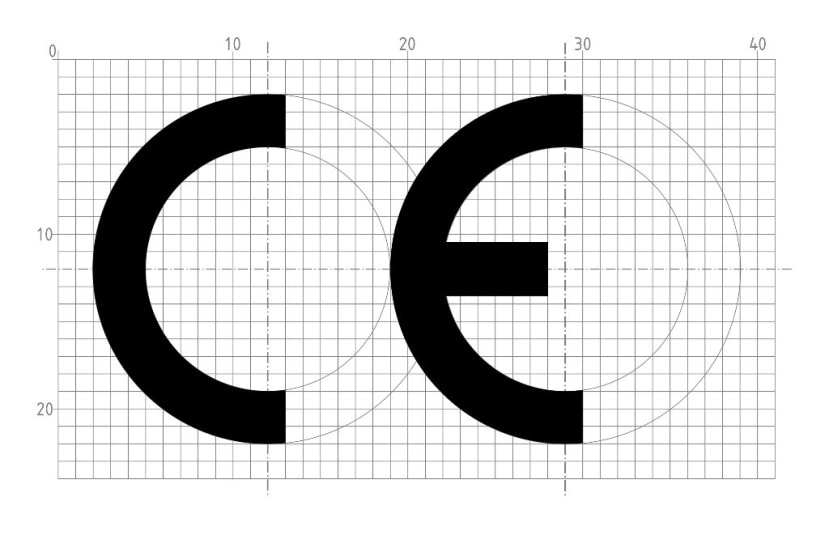
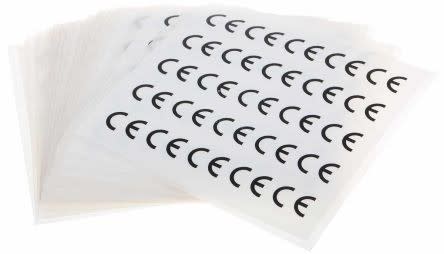
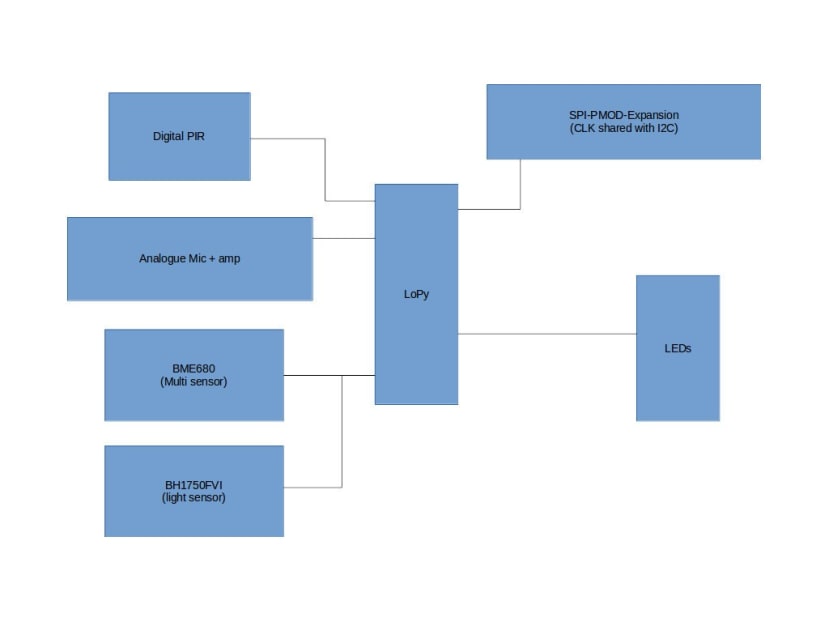
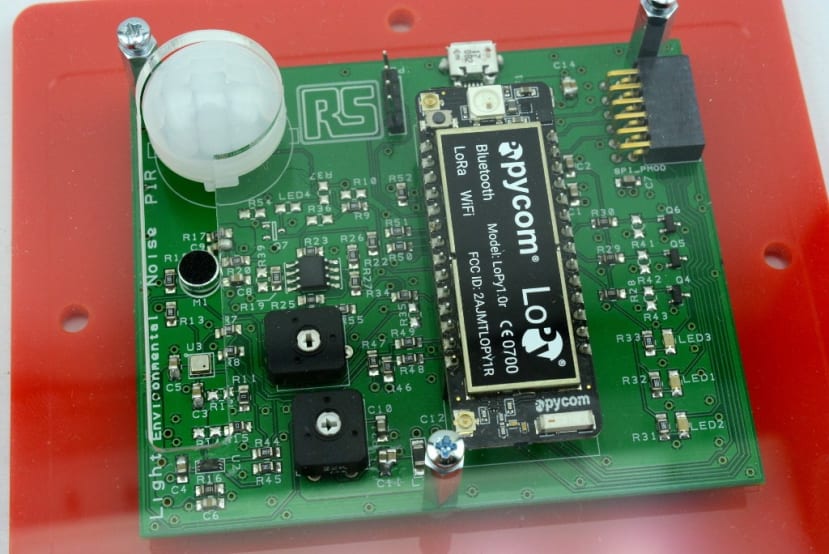
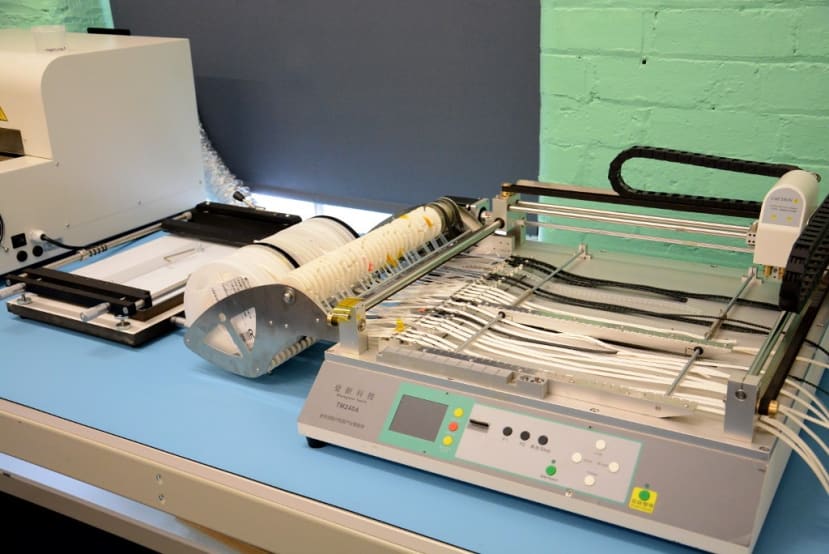
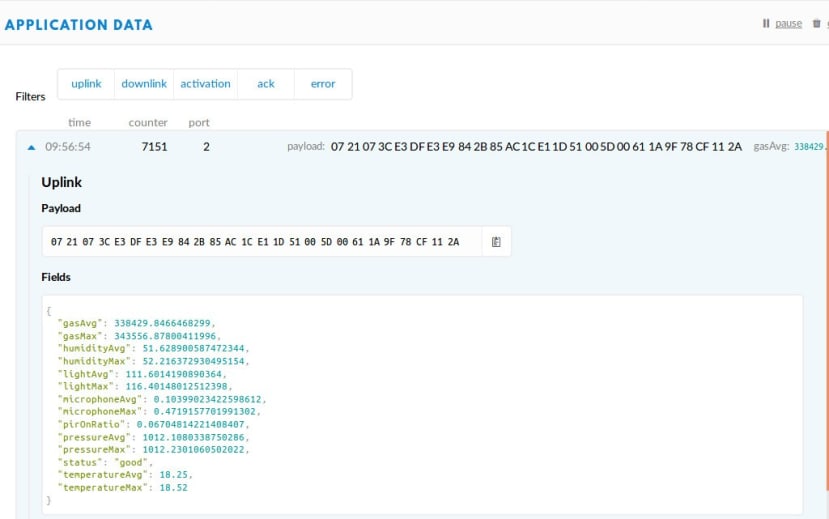
Comments